Blog
Jewellok is a professional pressure regulator and valve manufacturer and supplier.
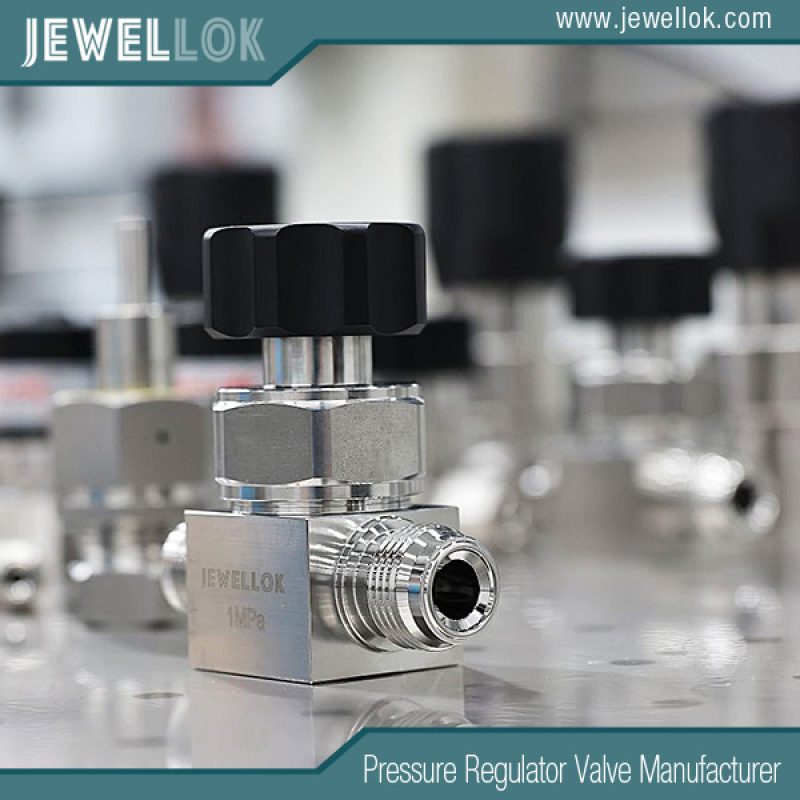
Exploring the Materials of Ultra High Purity Diaphragm Valve Bodies: What Other Options Besides 316L VIM-VAR Stainless Steel?
- Pressure Regulator Valve Manufacturer
- adjustable low pressure propane regulator, adjusting propane regulator, bcf connector, block & bleed valve, characteristics of pressure, chinese propane gas cylinder, diaphram valve, double block & bleed, double block and bleed valve, double block bleed valve, excess flow valve, fusible plug, gas regulator, gas used in semiconductor manufacturing, high pressure flexible hose, how a gas pressure regulator works, how a solenoid valve works, how solenoid works, hydraulic regulator, industrial grade purity, o ring face seal fittings, pressure gauge fitting - 3/8 qc, pressure relief valve vs safety relief valve, pressure relief valve vs safety valve, propane manifold with valves, quick connect, quick connect valve, safety or relief valves, safety relief valve vs pressure relief valve, second stage propaneregulator, solenoid valve for ammonia gas 1 inch pipe, solenoid valve for ammonia gas 2 inch pipe, ultra high purity, ultra high purity diaphragm valve, ultra high purity diaphragm valve manufacturer, Ultra High Purity Regulators, water solenoid valve 24v
- No Comments
Exploring the Materials of Ultra High Purity Diaphragm Valve Bodies: What Other Options Besides 316L VIM-VAR Stainless Steel?
In the field of ultra-pure fluid control, ultra-high purity diaphragm valves play a crucial role, and the selection of valve body materials is of vital importance. 316L VIM-VAR stainless steel has become a common material for the valve bodies of ultra-high purity diaphragm valves due to its excellent corrosion resistance and cleanliness. However, with the continuous improvement of the industry’s requirements for ultra-pure processes and the increasing complexity of application scenarios, people have started to explore other valve body materials suitable for ultra-pure environments.

Overview of 316L VIM-VAR Stainless Steel
316L VIM-VAR stainless steel is a type of stainless steel processed through special processes of Vacuum Induction Melting (VIM) and Vacuum Arc Remelting (VAR). The VIM process can effectively reduce the impurity content, and the VAR process further improves the purity and uniformity of the material. This gives 316L VIM-VAR stainless steel an extremely low carbon content, enhancing its intergranular corrosion resistance. In an ultra-pure environment, it can withstand the erosion of various chemical media, ensuring the long-term stable operation of the valve, and it is not easy to release particles or metal ions to contaminate the media. For example, in the photolithography process of semiconductor chip manufacturing, it is necessary to precisely control the flow of ultra-pure chemical reagents. The diaphragm valve made of 316L VIM-VAR stainless steel can ensure that the reagents are not contaminated and maintain the accuracy of the photolithography process.
Other Materials Suitable for Ultra-Pure Environments
I. Fluoroplastics (such as PFA)
- Properties: Perfluoroalkoxy resin (PFA) is a high-performance fluoroplastic with extremely excellent chemical stability. It can resist the corrosion of almost all chemical media, including strong oxidizing acids, strong alkalis, and organic solvents. Its surface energy is extremely low, making it difficult for impurities and particles to adsorb, which can meet the strict requirements for cleanliness in ultra-pure environments. At the same time, PFA also has good high-temperature resistance and can be used for a long time at high temperatures. The general working temperature range can reach from -200°C to +260°C.
- Application Advantages: In semiconductor manufacturing, for pipeline systems that transport highly corrosive ultra-pure chemical reagents such as hydrofluoric acid and nitric acid, PFA diaphragm valves are an ideal choice. Their excellent corrosion resistance ensures that the valve will not be eroded when in contact with these highly corrosive media, avoiding medium contamination and valve damage caused by valve body corrosion. Moreover, the low adsorbability of the PFA material makes it difficult for chemical substances to remain inside the valve, ensuring the consistency of the purity of the medium conveyed each time, which is very suitable for high-precision semiconductor processes.
- Limitations: The mechanical strength of the PFA material is relatively low. When subjected to high pressure or impact force, it may deform or be damaged. Therefore, PFA diaphragm valves are usually suitable for low-pressure working conditions, generally with a working pressure below a few MPa. In addition, the PFA material is difficult to process, and the molding process is complex, resulting in a relatively high manufacturing cost.
II. Special Ceramics (such as Alumina Ceramics, Zirconia Ceramics)
- Properties: Special ceramics have extremely high hardness and wear resistance, with a smooth surface that is not easy to produce scratches and wear, thus reducing the risk of particle shedding and ensuring the cleanliness of the ultra-pure environment. At the same time, ceramic materials have stable chemical properties and have good resistance to most chemical media, and can maintain stable performance in different chemical environments. For example, alumina ceramics have good insulation and high-temperature resistance and can work at high temperatures; zirconia ceramics have excellent toughness and thermal shock resistance.
- Application Advantages: In some ultra-pure gas transportation systems that are extremely sensitive to particle pollution, such as the transportation of electronic-grade gases, ceramic diaphragm valves can effectively prevent particles generated by valve body wear from entering the gas, ensuring the high purity of the gas. In high-temperature ultra-pure processes, such as the growth process of some high-temperature semiconductor materials, it is required that the valve maintains stable performance at high temperatures. The alumina ceramic diaphragm valve can meet this requirement, withstand high temperatures and not react with the process gas.
- Limitations: Ceramic materials are brittle and have poor impact resistance, and are easy to crack when subjected to external impact forces. This makes it necessary to be particularly careful during the installation and use of ceramic diaphragm valves to avoid collisions. Moreover, ceramic materials are difficult to process, with high processing costs and complex molding processes, which limit their large-scale application. In addition, the thermal conductivity of ceramic materials is poor, making them less suitable for some occasions that require rapid heat dissipation or heat exchange.
III. Nickel-Based Alloys (such as Inconel 625, Incoloy 825)
- Properties: Nickel-based alloys are alloys composed of nickel as the matrix and adding various alloying elements such as chromium, molybdenum, and niobium. They have excellent corrosion resistance, especially in high-temperature and high-concentration chemical media environments, which perform even better than ordinary stainless steel. Nickel-based alloys also have good high-temperature strength and oxidation resistance and can work stably at high temperatures for a long time, with a working temperature that can reach several hundred degrees Celsius.
- Application Advantages: In ultra-pure processes in industries such as petrochemicals and aerospace, when it is necessary to transport high-temperature, high-pressure, and corrosive media, nickel-based alloy diaphragm valves show unique advantages. For example, in the fuel system of an aircraft engine, it is necessary to transport ultra-pure high-temperature fuel. The diaphragm valve made of Inconel 625 can withstand the corrosion and erosion of high-temperature fuel, ensuring the reliable operation of the fuel system. In the manufacturing of some high-end electronic devices, for the transportation of high-purity metal vapor, nickel-based alloy diaphragm valves can also be competent, ensuring that the purity of the metal vapor is not affected by the valve body material.
- Limitations: The cost of nickel-based alloys is relatively high, mainly because the prices of their alloying elements are expensive, and the smelting and processing processes are complex. This makes the price of nickel-based alloy diaphragm valves relatively high, limiting their use in some application scenarios that are sensitive to costs. In addition, nickel-based alloys are difficult to process and require special processing equipment and processes, increasing the complexity and cycle of manufacturing.
Case Analysis of Different Materials in Practical Applications
I. Application of PFA Diaphragm Valves in Semiconductor Cleaning Processes
In the cleaning process of semiconductor chip manufacturing, a large amount of ultra-pure chemical reagents, such as a mixed solution of sulfuric acid and hydrogen peroxide, are required to clean the surface of the chip to remove impurities and contaminants. A semiconductor manufacturing enterprise has adopted PFA ultra-high purity diaphragm valves to control the flow and on-off of these chemical reagents. During long-term use, the valve body of the PFA diaphragm valve has not shown any signs of corrosion and has always maintained good sealing performance and flow control accuracy. Due to the low adsorbability of the PFA material, there will be no residual chemical reagents inside the valve, avoiding cross-contamination and ensuring the stability of the cleaning process and the yield rate of the chips.
II. Application of Ceramic Diaphragm Valves in the Ultra-Pure Gas Supply of the Photovoltaic Industry
In the photovoltaic industry, the production of silicon wafers requires the use of ultra-pure gases such as hydrogen and nitrogen. A photovoltaic production plant has installed alumina ceramic diaphragm valves in its gas transportation pipeline system. During years of operation, the ceramic diaphragm valves have effectively resisted the erosion of trace impurities that may exist in the gas and have always maintained an extremely low particle shedding rate. Even under frequent switching operations, the sealing performance of the valve is still good, ensuring the stable supply of ultra-pure gas and providing a guarantee for the high-quality production of photovoltaic silicon wafers.
III. Application of Nickel-Based Alloy Diaphragm Valves in the Ultra-Pure Material Transportation of the Chemical Industry
A chemical enterprise needs to transport ultra-pure organic raw materials to a reaction kettle under high-temperature and high-pressure conditions when producing a high-end electronic chemical product. The enterprise has selected a diaphragm valve made of Incoloy 825 nickel-based alloy. During the actual production process, the diaphragm valve has successfully withstood the corrosion of the organic raw materials and the working environment of high temperature and high pressure, and has operated continuously and stably for many years without any leakage or damage. This not only ensures the continuity of the production process but also improves the product quality and production efficiency and reduces the equipment maintenance cost.

Conclusion
The selection of ultra-high purity diaphragm valve body materials needs to comprehensively consider various factors. In addition to the common 316L VIM-VAR stainless steel, materials such as fluoroplastics (such as PFA), special ceramics, and nickel-based alloys show their respective advantages in specific ultra-pure environments. PFA is suitable for occasions with strong corrosion, low pressure, and extremely high requirements for cleanliness; special ceramics are suitable for ultra-pure processes that are sensitive to particle pollution and high temperatures; nickel-based alloys perform well in the transportation of ultra-pure media under high temperature, high pressure, and strong corrosion conditions. With the continuous progress of technology and the continuous evolution of industry demands, more new materials may be applied to ultra-high purity diaphragm valve bodies in the future, promoting the development of ultra-pure fluid control technology to a higher level. In practical applications, engineers should carefully select suitable valve body materials according to specific process requirements, medium characteristics, cost budgets, and other factors to ensure the performance and reliability of ultra-high purity diaphragm valves and meet the increasingly stringent requirements of various industries for ultra-pure processes.
For more about exploring the materials of ultra high purity diaphragm valve bodies: what other options besides 316L VIM-VAR stainless steel?, you can pay a visit to Jewellok at https://www.jewellok.com/ for more info.
Recent Posts
Which Gas Pressure Regulator is Best for Laboratory Use?
Complete Guide to Choosing the Best High Pressure Nitrogen Gas Regulator
Tags
Recommended Products
-
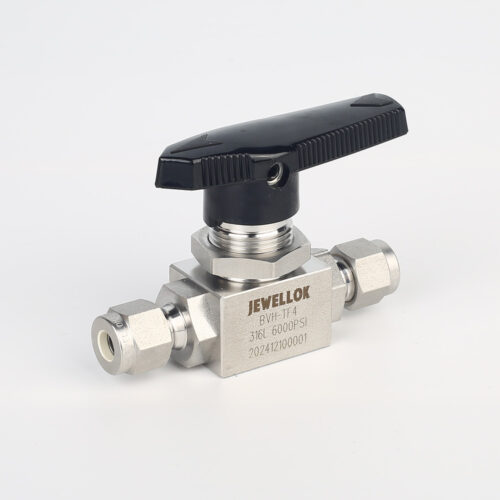
High Purity High Pressure 316 Stainless Steel Ball Valves JBV1 Series From High Pressure Ball Valve Manufacturer And Supplier In China
-
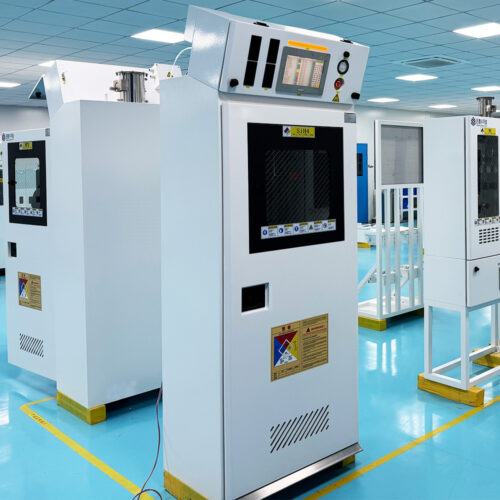
Bulk Specialty Gas Systems (BSGS) Gas Cabinets And Scrubber Tail Gas Treatment Cabinets For High Purity Bulk Specialty Gas Delivery
-
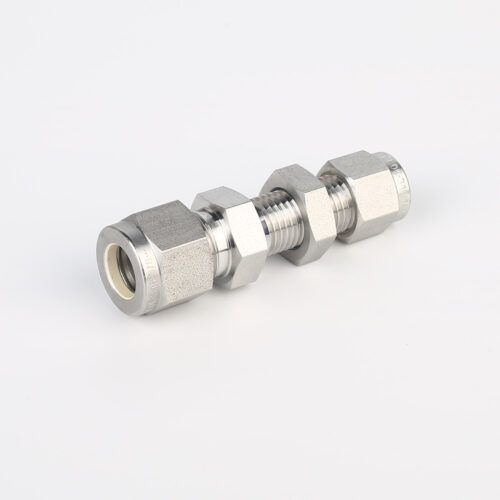
775L Bulkhead Reducing Union | Stainless Steel High Purity Double Ferrule Bulkhead Reducing Unions
-

Fully Automated Gas Cabinet For Precise UHP Gas Delivery And High Purity Gas Delivery Systems JW-300-GC
-
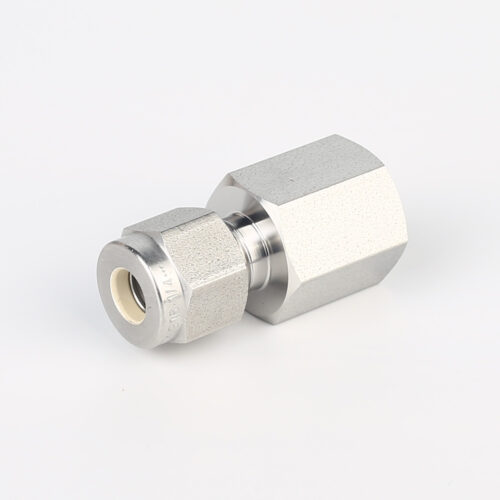
766L High Purity Female Connector UHP Fitting Female Connector
-
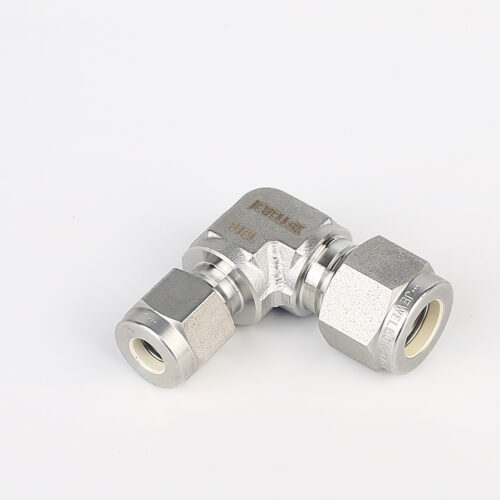
765LR Reducing Tee | Stainless Steel 316 High Purity Butt Weld Fittings Metal Face Seal For Welding Pipe Fitting Reducing Tee
-
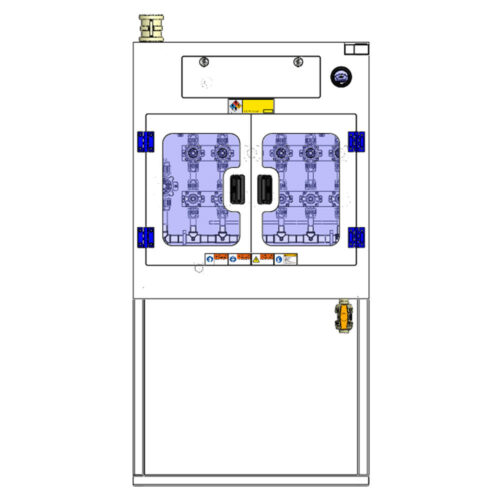
High Purity Configurable Systems VMB Valve Manifold Box JW-200-VMB-C & JW-100-VMB-C
-

Long Gland LG Series For Ultra High Purity Gas And Chemical Delivery Systems